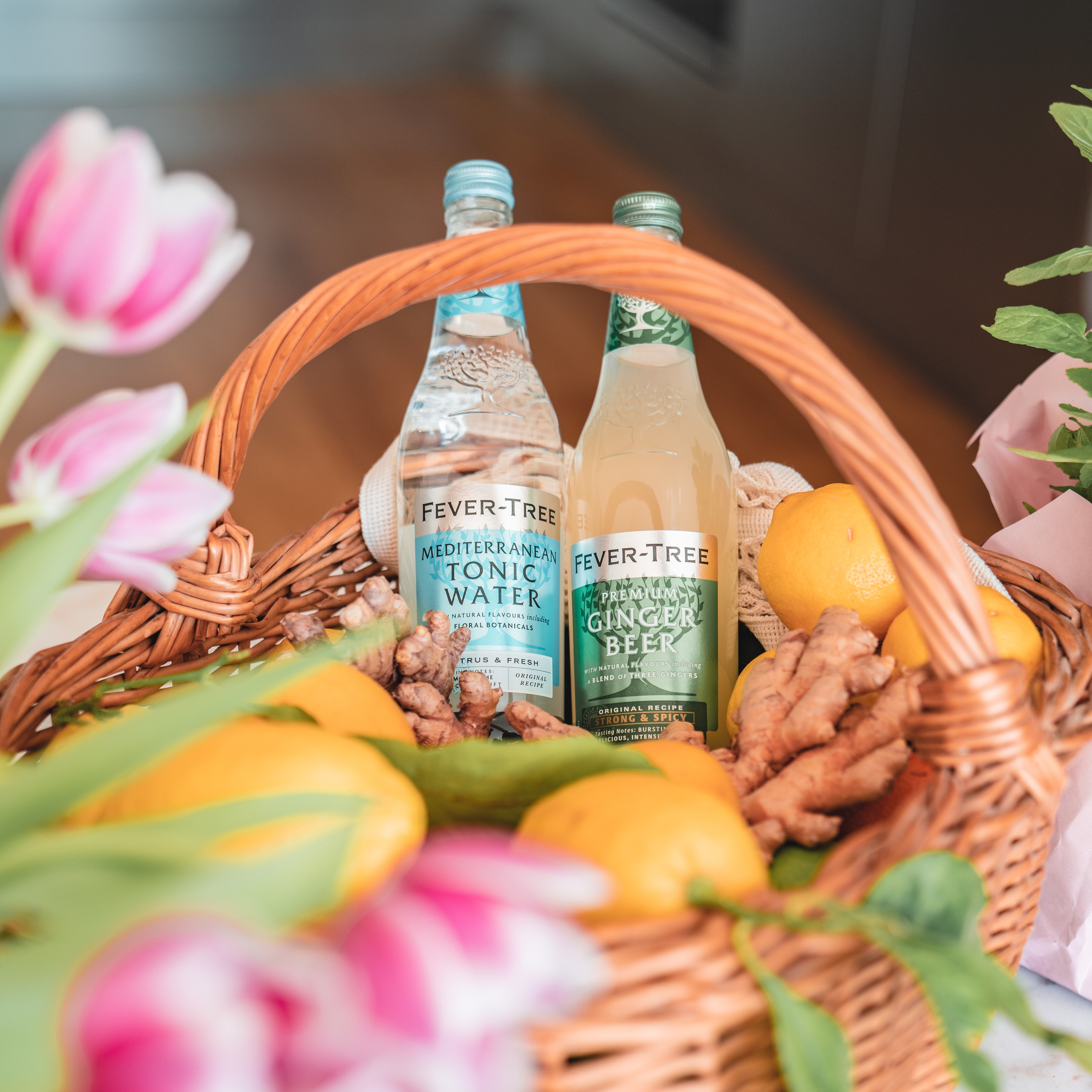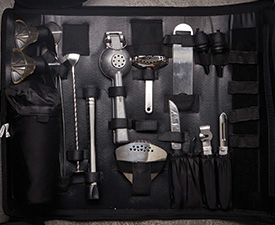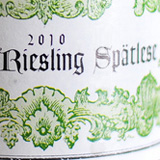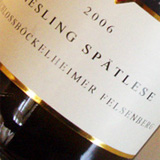Spatlese (meaning: 'late harvest'; plural form is Spatlesen) is a German wine term for a wine from fully ripe grapes, the lightest of the late harvest wines. Spatlese is a riper category than Kabinett in the Pradikatswein category of the German wine classification and is the lowest level of Pradikatswein in Austria, where Kabinett is classified differently.
In the German classification of ripeness, the grapes with the least amount of sugar are destined for Kabinett wines. Then comes; Spatlese, and then the riper Auslese, Beerenauslese, Trockenbeerenauslese and Eiswein. The grapes are picked at least 7 days after normal harvest, so they are riper and have a higher must weight. Because of the weather, waiting to pick the grapes later carries a risk of the crop being ruined by rain. However, in warm years and from good sites much of the harvest will reach Spatlese level.
The wines may be either sweet or dry (trocken); it is a level of ripeness that particularly suits rich dry wines from Riesling. At Auslese levels the alcohol levels may become very high in a dry wine leaving the wine unbalanced, making wines with some residual sweetness is preferable to many palates. However, most German wines are traditionally dry, and the amount of sugar is not the only note balancing a wine. Dry German wines can be very balanced and usually get higher reviews from German wine journalists than a comparable wine with more sugar. Many Spatlese wines will age well, especially those made from Riesling.
It is thought the beginning of Spatlese wines took place in the Rheingau winery Schloss Johannisberg in 1775, as for some reason, the courier sent out by the abbey at Fulda was delayed for 14 days. By the time the order finally arrived noble-rot had set in, but the harvest happened anyway, though no high hopes were placed on the wine from the rotten grapes. The wine turned out to be surprisingly good. Schloss Johannisberg began actively seeking to produce late harvest - Spatlese - wines affected by botrytis.











